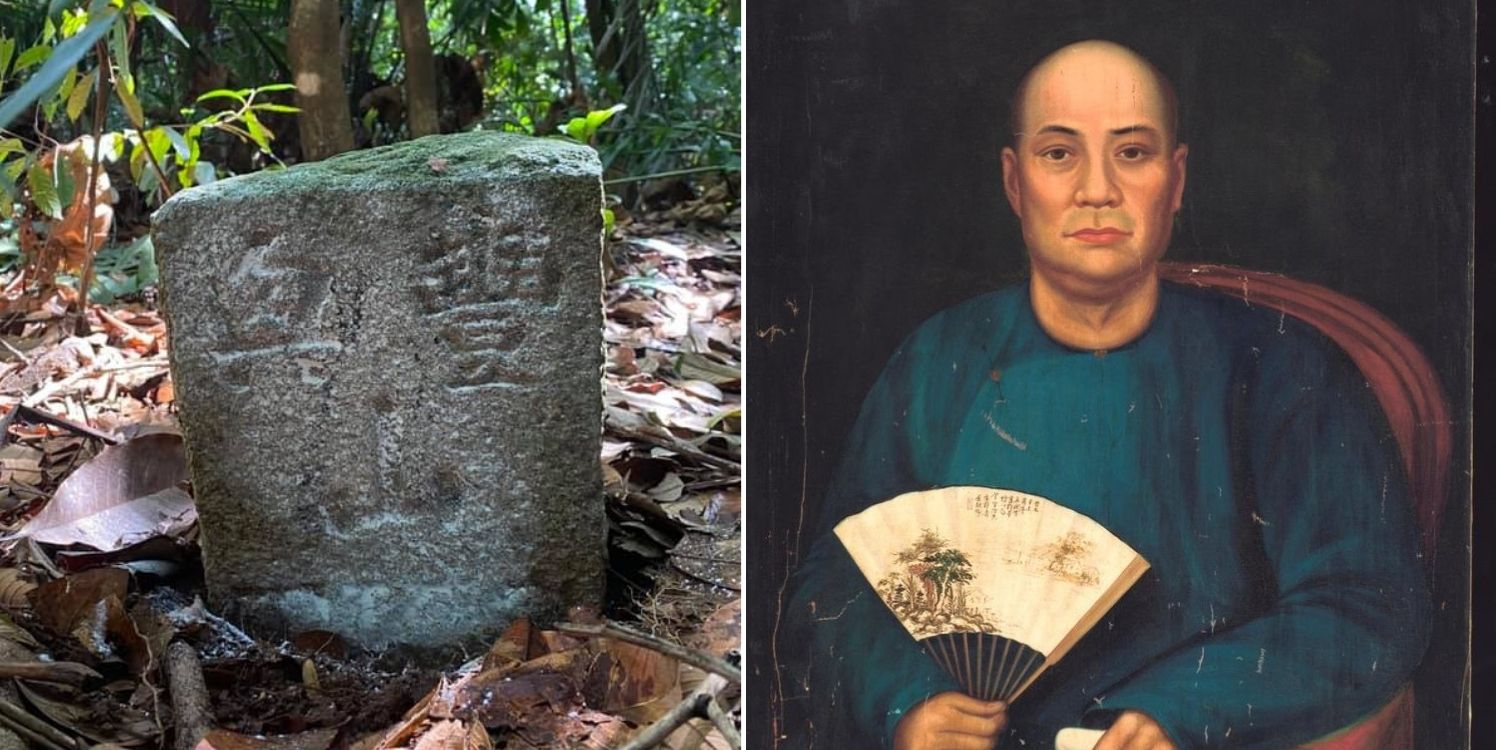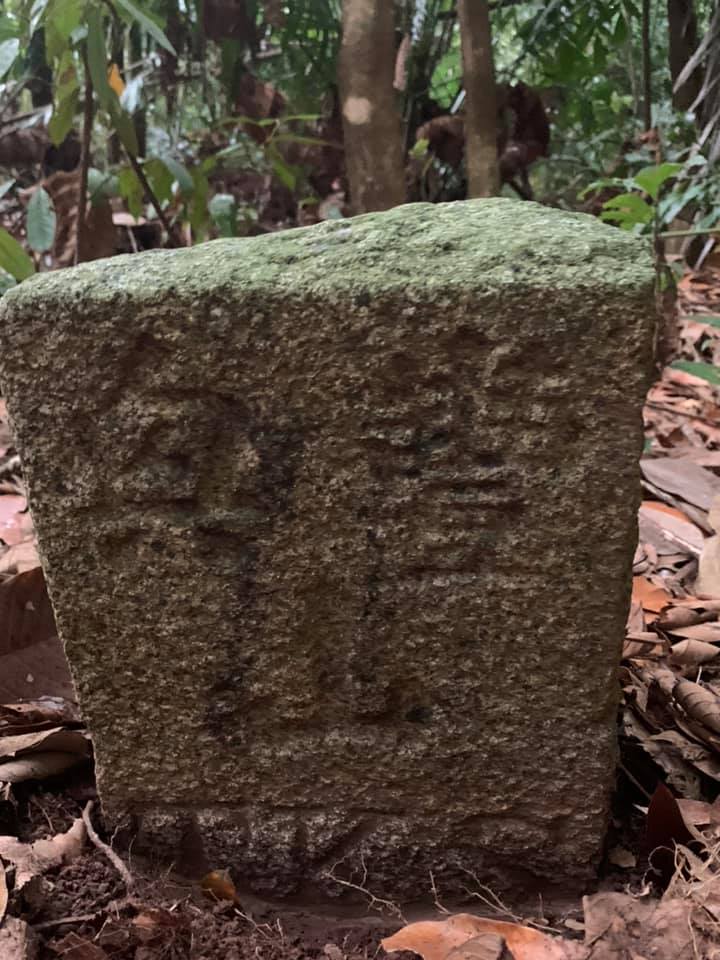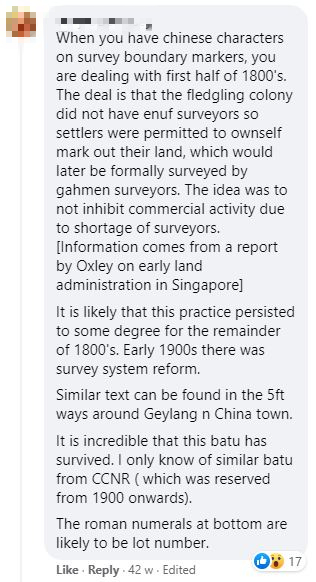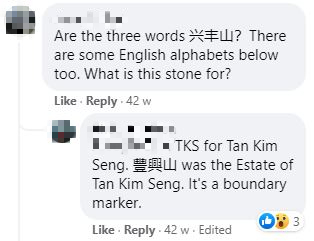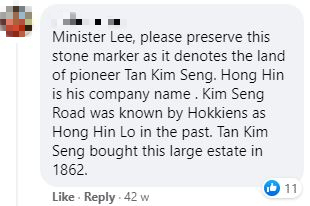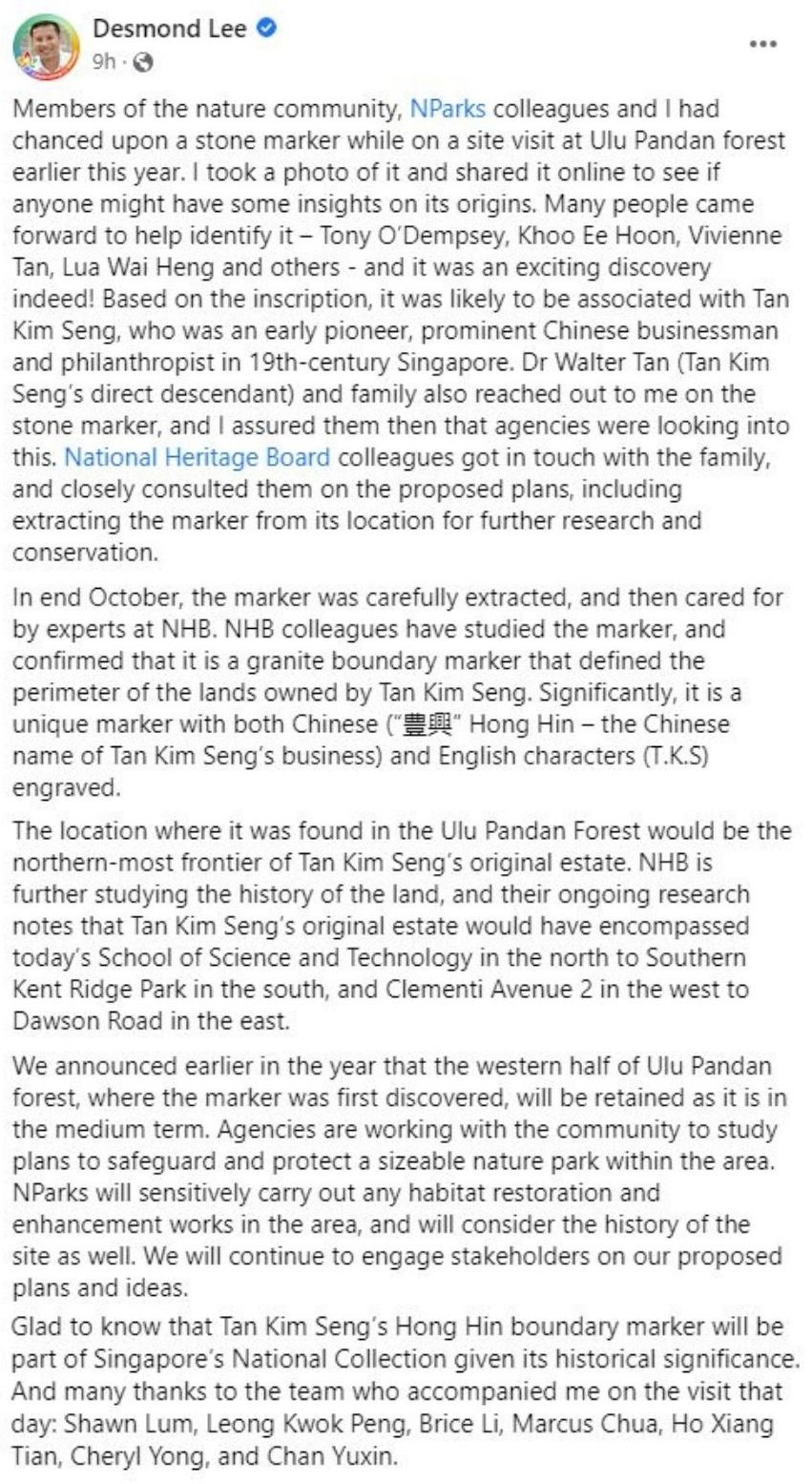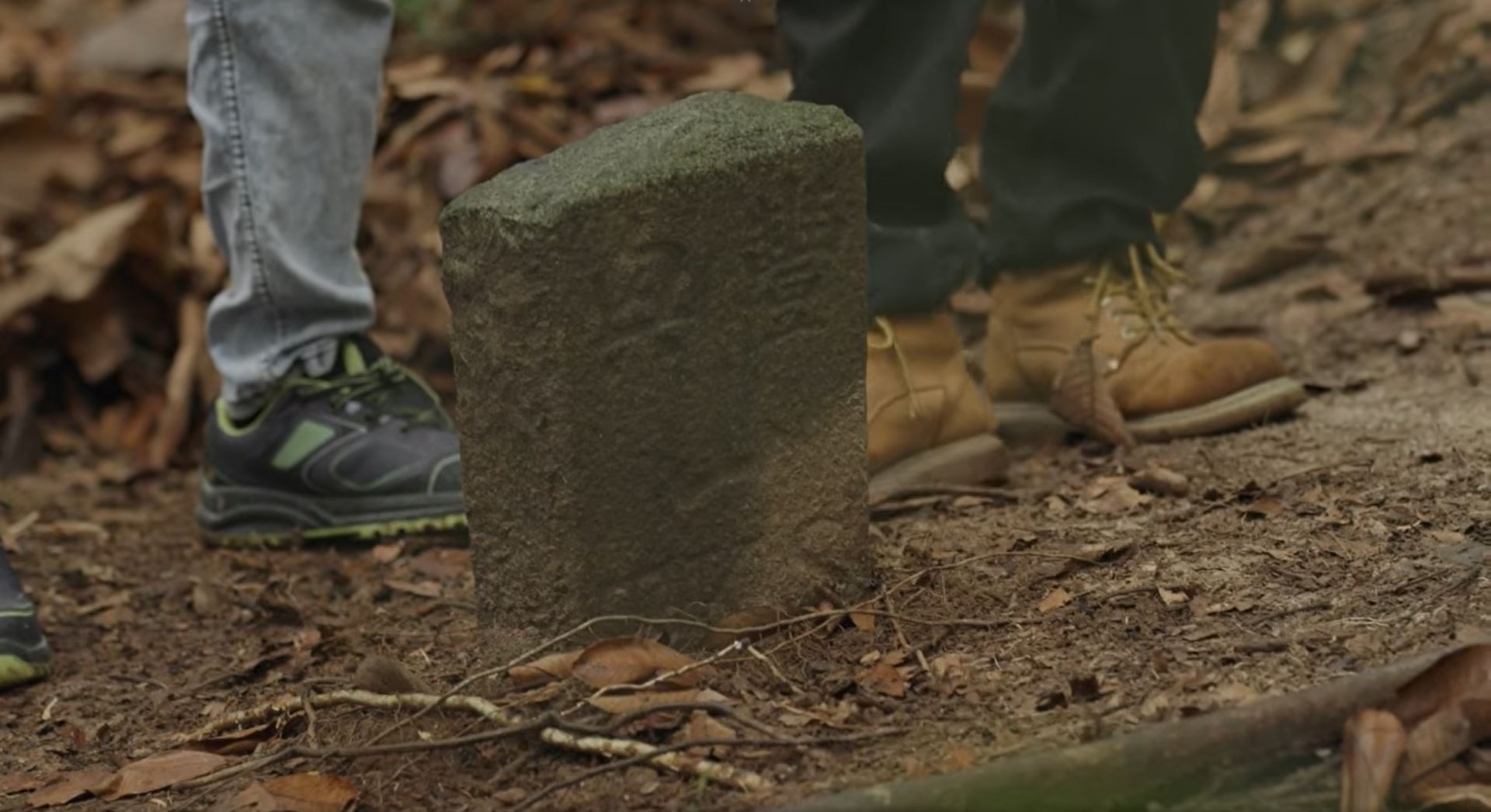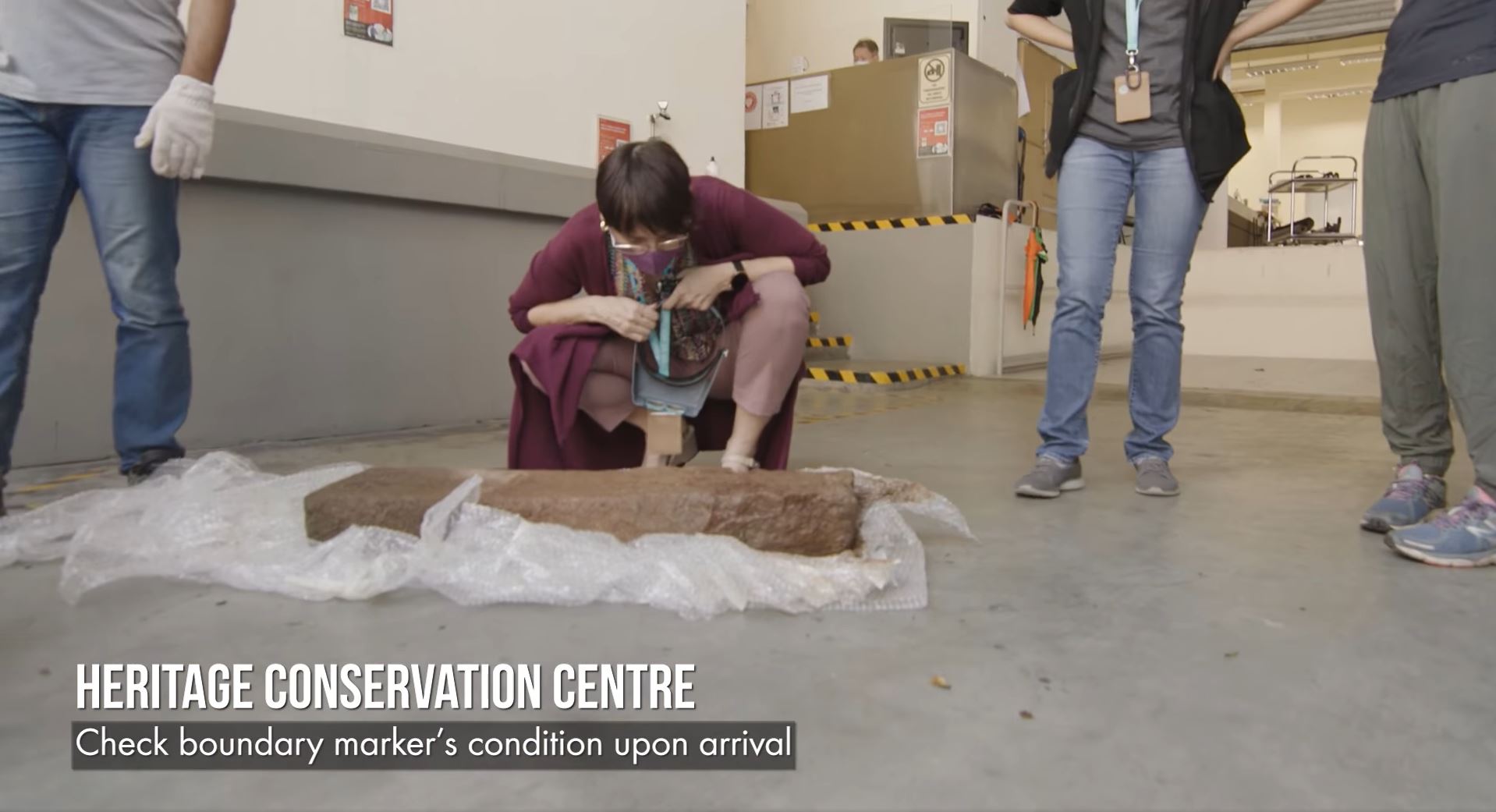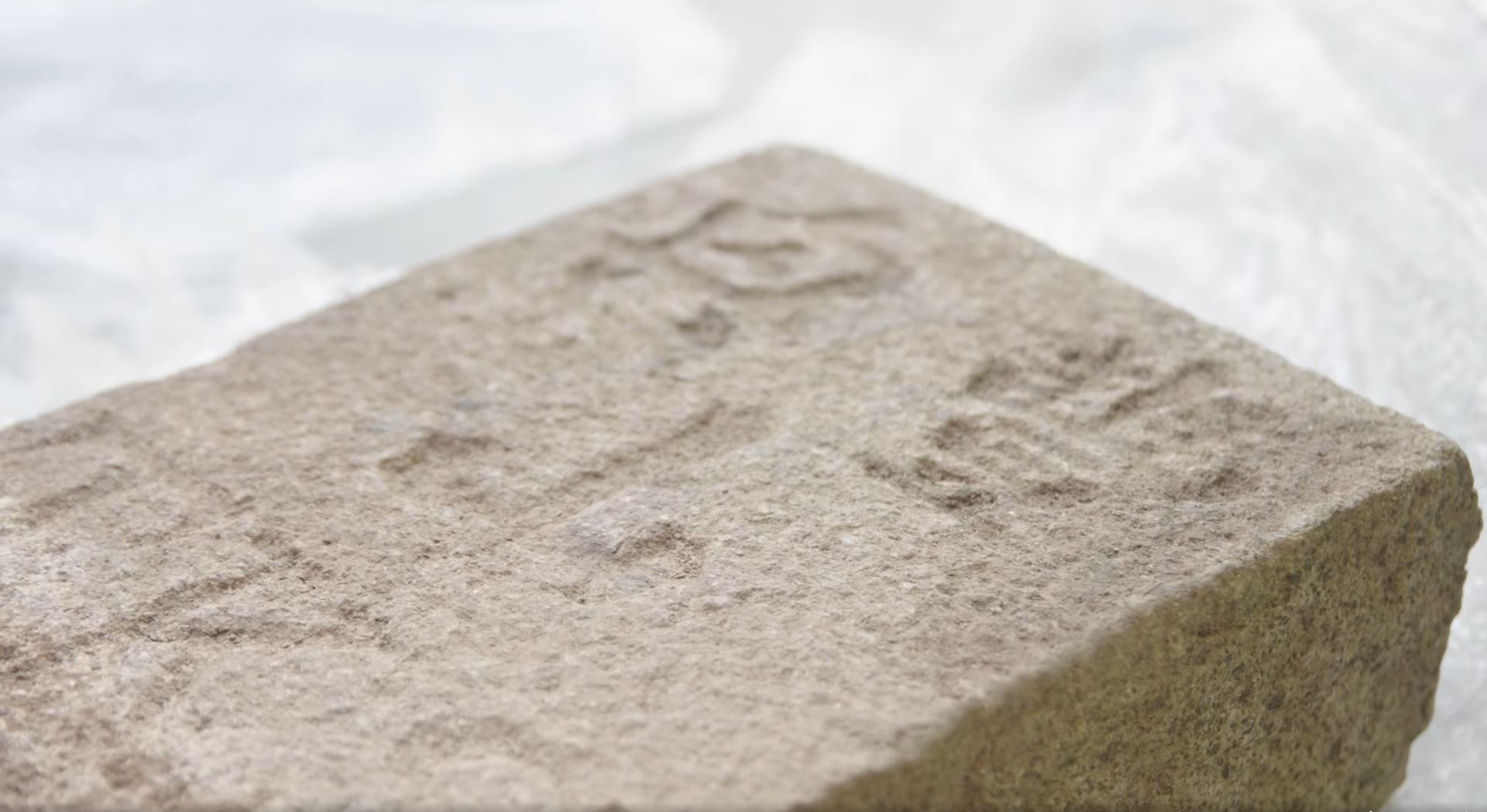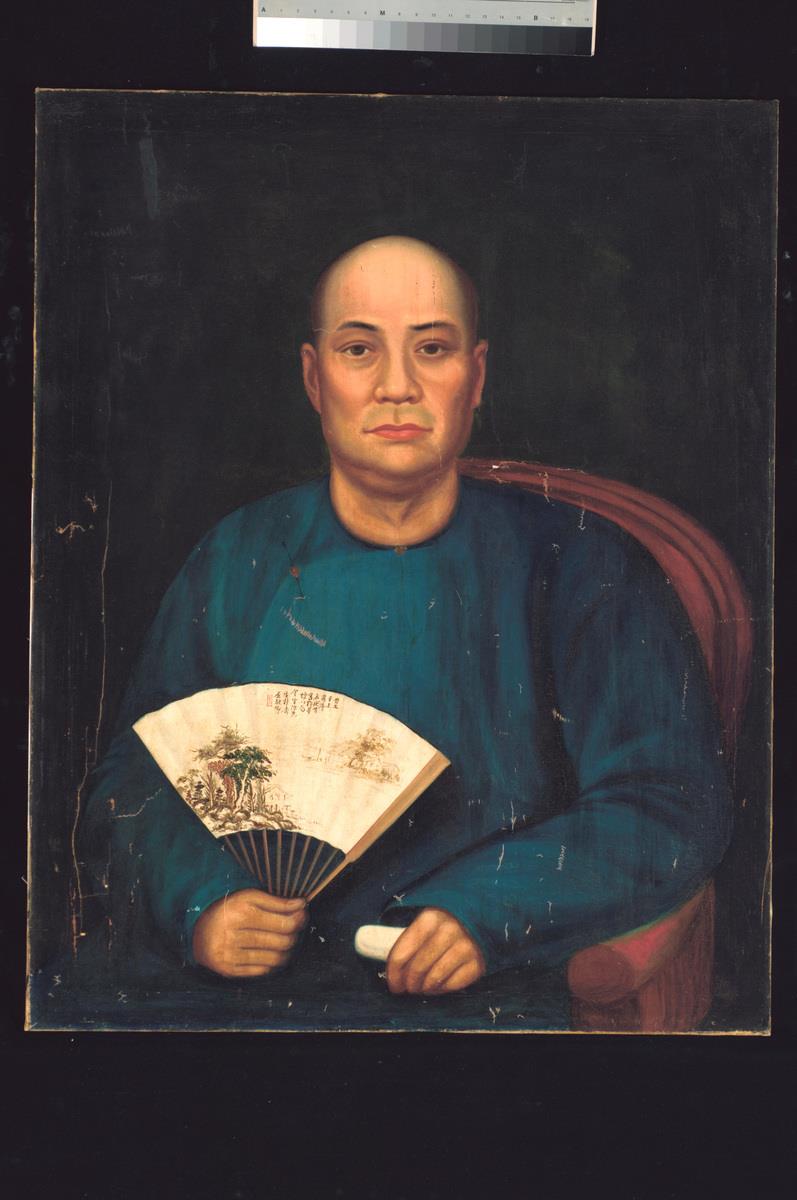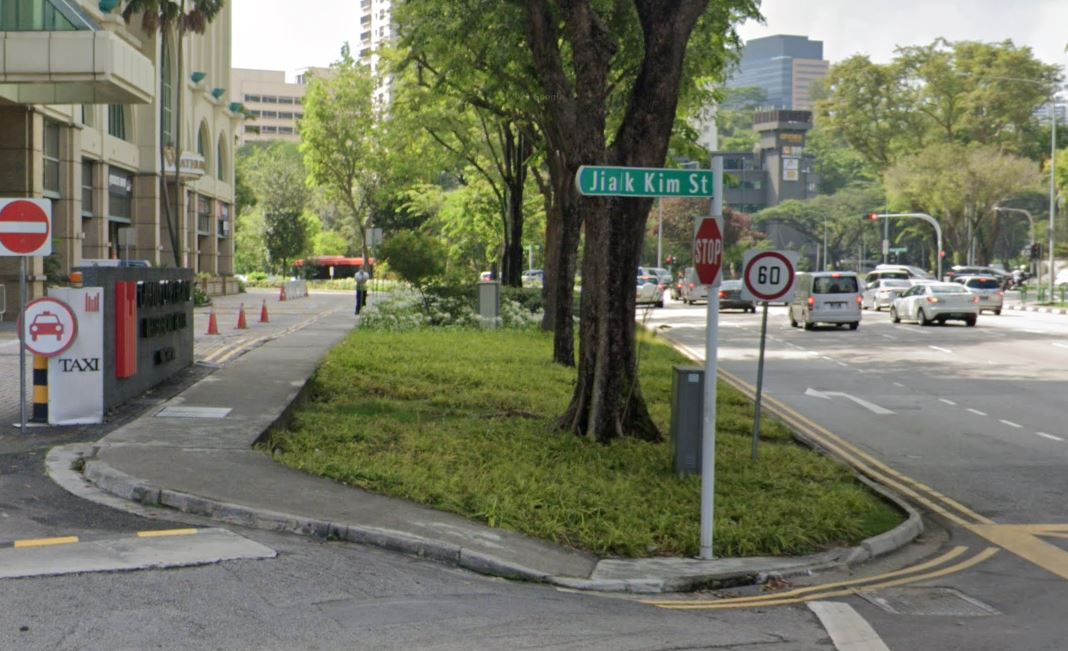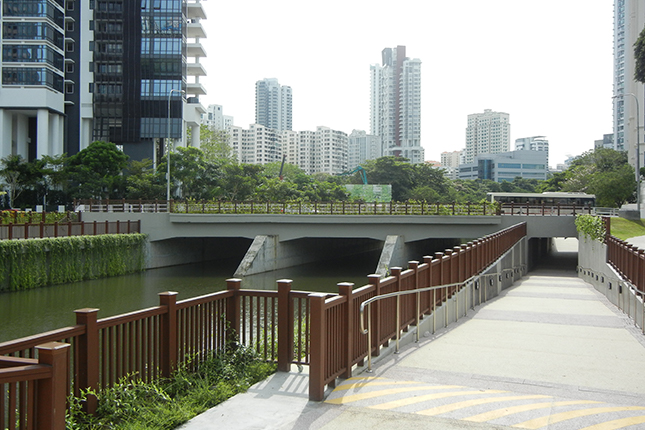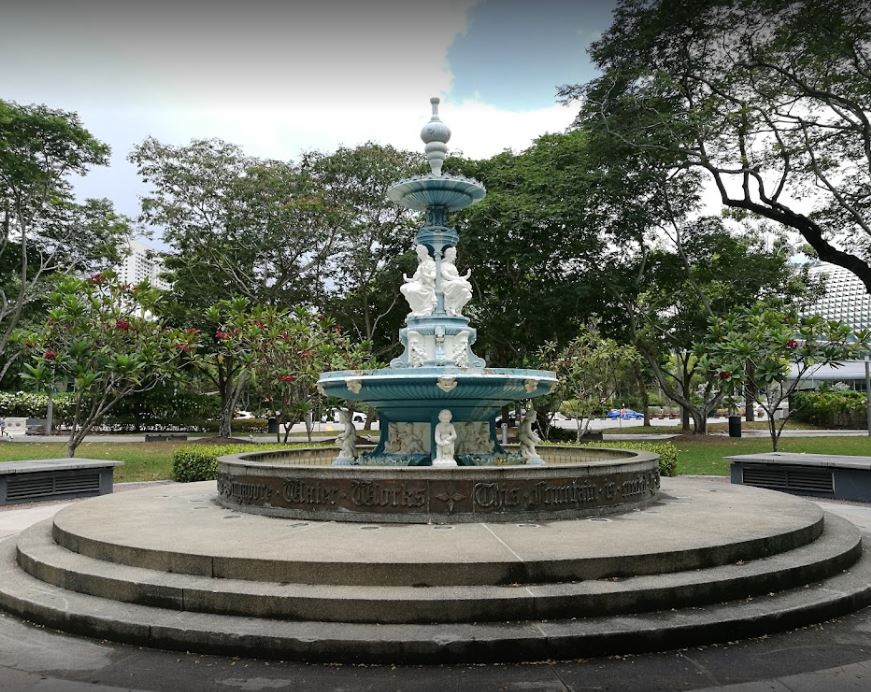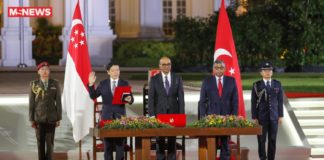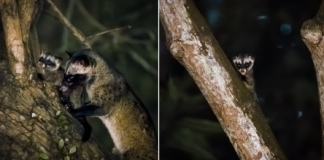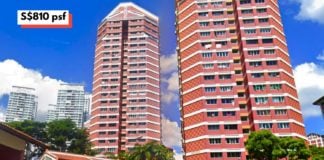True Extent Of Tan Kim Seng’s Original Estate Discovered By NHB
When it was announced that Dover Forest would make way for residential development, some netizens were worried that some local heritage would be lost.
It seems that those claims were not unfounded, as a stone marker was found there that was proven to be of important historical significance.
The piece of granite actually marked the boundary of Singapore businessman Tan Kim Seng’s estate.
From there, historians found that Tan’s estate was so vast that it stretched from Clementi to Queenstown.
Marker discovered in Jan
The groundbreaking discovery was made when National Development Minister Desmond Lee visited Dover Forest in Jan.
He was accompanied by members of the nature community and National Parks Board (NParks) officers.
Their purpose was to study the site to guide future plans, but in the process they stumbled across a stone marker that was mostly buried in the ground.
From the photo he shared online, it’s possible to see big Chinese letterings on the stone, which spell out “豐興山” (“丰兴山” in simplified characters), or “Feng Xing Shan“.
Interestingly, some English letters can be made out at the bottom as well: the letters T, K and S.
Netizens correctly identify stone
In response to the post, some very knowledgeable netizens offered clues on what the stone was.
One accurately dated the marker to the 1st half of the 19th century (1800s), based on its Chinese characters.
Others recognised the Chinese inscription “豐興山”, as well as the English initials “TKS”, as pertaining to the estate of Tan Kim Seng.
Another netizen correctly identified the stone as a boundary marker denoting the land of Tan Kim Seng, urging Minister Lee to preserve it.
She also said he bought the estate in 1962.
The words are pronounced “Hong Hin” in Hokkien, and this was the name of Tan’s company.
Minister confirms netizens’ suspicions
In a Facebook post on Friday (19 Nov), Minister Lee excitedly revealed that the netizens were correct – the marker is likely associated with Tan Kim Seng.
Dr Walter Tan, the direct descendant of Tan Kim Seng, also reached out to him.
The National Heritage Board (NHB) later contacted his family and informed them of their plans, which included extracting the marker from its location.
Marker extracted in end-Oct
In end-Oct, the NHB went to Dover Forest and extracted the marker, carefully wrapping it in foam and bubble wrap.
It was brought back to the Heritage Conservation Centre, where it was studied. They found that it weighed 62kg and measured 90cm.
Experts thus confirmed that it’s a granite boundary marker that defined the perimeter of Tan Kim Seng’s estate.
What makes the marker unique is that it has both Chinese and English characters, Minister Lee said.
It’s also the only known boundary marker associated with Tan Kim Seng, NHB told The Straits Times (ST).
Vast estate contained most of NUS
Minister Lee said the marker’s location in Dover Forest would’ve marked the northern-most perimeter of Tan Kim Seng’s original estate.
NHB’s research has revealed that the land was vast indeed, stretching from Dover Forest all the way down to Southern Kent Ridge Park.
That basically includes the present-day National University of Singapore (NUS), and also the School of Science and Technology.
As for its western reaches, they went up to Clementi Avenue 2.
The estate also stretched east to Dawson Road in Queenstown.
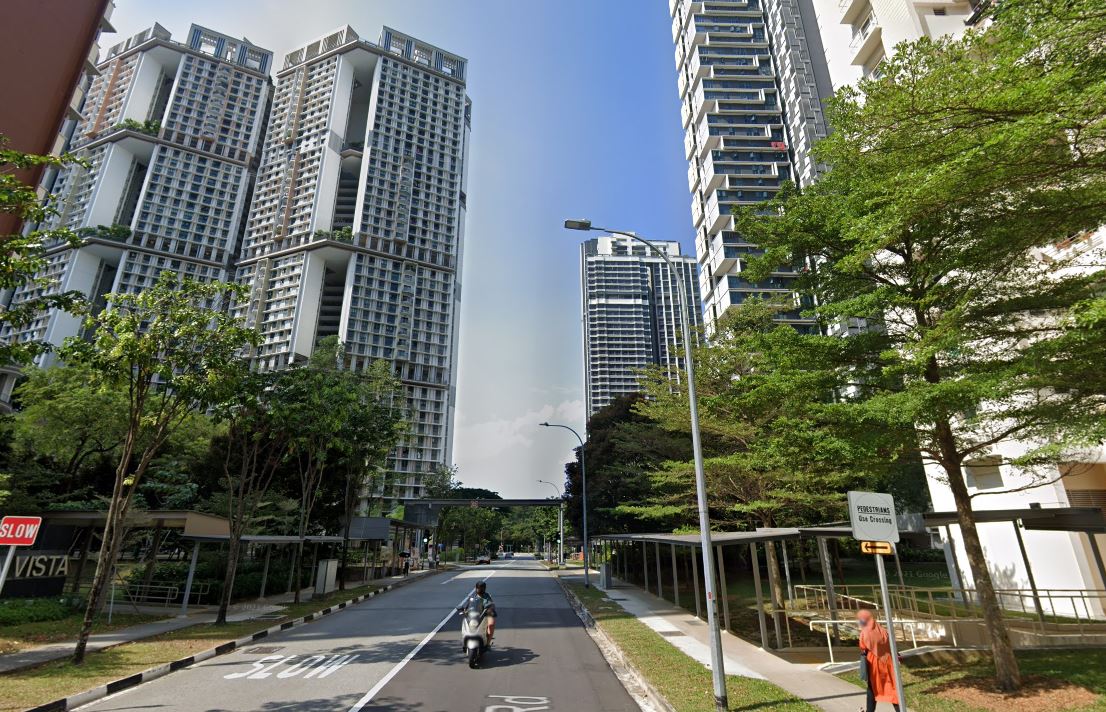
To put that into perspective, the length of Tan Kim Seng’s estate spanned about 5 MRT stations.
The entire piece of land was handed over to the state in 1947, according to ST.
Marker to be part of National Collection
Minister Lee said due to its historical significance, the boundary marker will now become part of Singapore’s National Collection.
In a Facebook post, the NHB said it’ll be used as a resource for Singaporeans to learn more about the story of Tan Kim Seng.
More research on the marker will be shared on their historical website Roots.gov.sg soon.
Singapore landmarks named after Tan Kim Seng
For those who’re not familiar with Tan Kim Seng, he was a Peranakan merchant and philanthropist who lived from 1805-1864.
He got rich from trading in spice, but avoided selling opium, unlike most of the businessmen of that time.
Even if Singaporeans haven’t heard of him, we’ll likely know Kim Seng Road, next to Great World mall, which was named after him.
Devotees of the former Zouk would also be familiar with Jiak Kim Street that’s off Kim Seng Road – it’s named after Tan Kim Seng’s grandson Tan Jiak Kim, who used to live nearby on River Valley Road.
Kim Seng Bridge, which carries Kim Seng Road over the Singapore River, is also another landmark that bears his name.
Finally, if you’ve been to Esplanade Park, you’ll probably have passed by or even sat down on the steps of Tan Kim Seng fountain.
The ornate cast-iron landmark was unveiled in 1882, to commemorate Tan’s donation towards enhancing Singapore’s waterworks.
It was originally erected at Fullerton Square, but was moved to Esplanade Park in 1929.
More uncovered treasures to be found?
It’s incredible how a small piece of stone embedded in the forest can tell you so much about Singapore’s history.
That’s why it’s great that part of Dover Forest will remain untouched in the medium-term, including the area where the marker was found.
Who knows how many more uncovered treasures lie in wait in Singapore’s forests. Hopefully, we’ll get to know more about Tan Kim Seng and his story in due course.
Have news you must share? Get in touch with us via email at news@mustsharenews.com.
Featured images adapted from Brice Li on Facebook and Roots.gov.sg.

Drop us your email so you won't miss the latest news.
